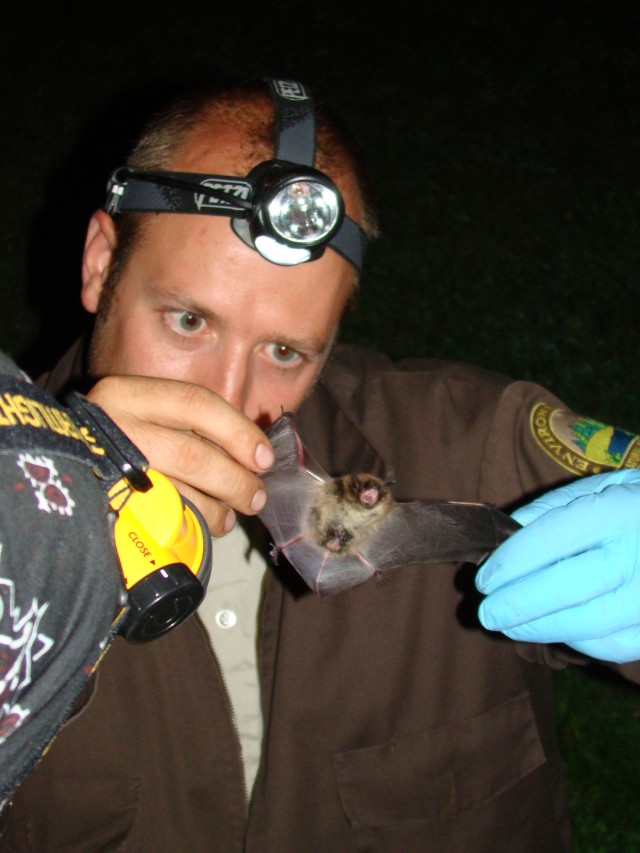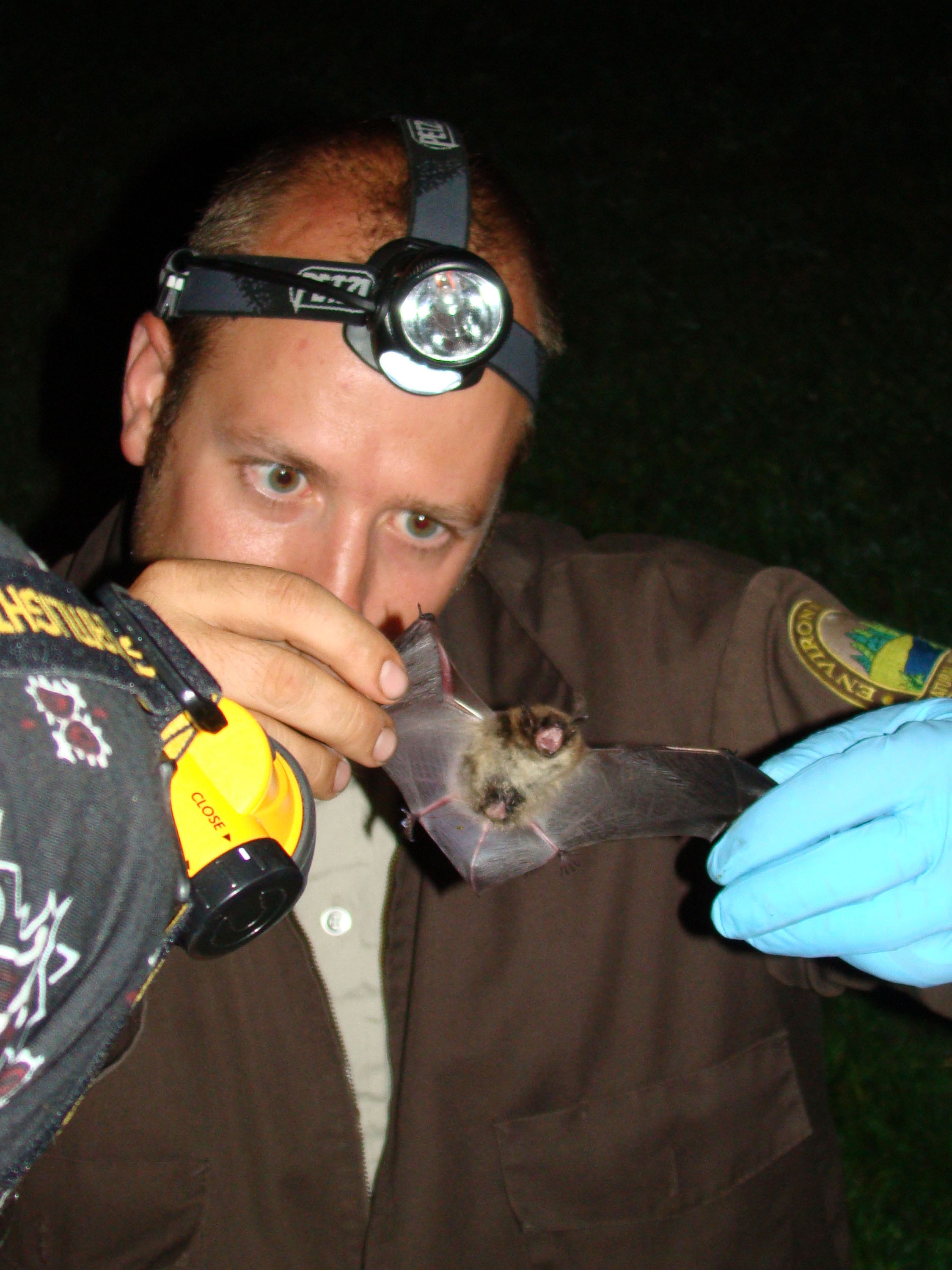
FORT DRUM N.Y. -- Sixteen biologists, botanists and foresters who care about nature helped Fort Drum win big this year in the Army's annual environmental competition.
Officials at the installation's Natural Resources Branch were notified Friday that the Secretary of the Army's top environmental award for natural resources conservation (large installation) will go to Fort Drum.
"I'm very proud of what our team has accomplished," said Jim Miller, chief of Fort Drum Public Works' Environmental Division, which oversees the Natural Resources Branch. "(I'm) especially honored to be selected for such a prestigious award that is more often than not won by installations with much larger staffs and budgets.
"To be able to achieve this level of success and still maintain a cost-conscientious program is no small accomplishment," he added. "It makes receiving the award an extra special achievement."
Last year, Fort Drum placed second in the Army's top Natural Resources Team category. At the installation level, Fort Drum won conservation awards during both Army and Department of Defense competitions in 2004.
Jason E. Wagner, Fort Drum Natural Resources Branch chief, said he counted it an honor to work with such a great team of environmentalists.
"I am very proud to be working with the kind of staff that I have here," Wagner said. "They are outstanding folks. Without them, it would never work."
Wagner said his team's accomplishments can be attributed to the kind of installation Fort Drum is known as throughout the Army.
"It is great to work at a place that actually cares," Wagner said. "We aren't typically seen here as 'the crazy environmentalists' who are trying to stop all work. We truly are part of a great team here at Public Works.
"It's a pretty big honor to be No. 1 in the Army," he continued. "The Army has some darn good programs across the country. We're not a small installation by any means, but compared to Fort Hood, (Texas), they have a lot more resources than we do. So it's a pretty big thing for us to pull off the win."
Fort Drum now competes with the Navy and Air Force at the DoD level. The winner of that competition will be notified sometime this spring.
"I just have my fingers crossed that we can win the whole thing," Wagner said.
Monitoring everything from bats and beavers to maple trees and wetlands, Natural Resources Branch employees are responsible for reviewing every Fort Drum project, program and training exercise related to the natural world.
"In some way, shape or form, we look at all the trees, all the grass, all the animals, fish and birds - everything that's happening within the 107,000 acres (on post)," Wagner said.
Judging for the Armywide competition runs through a large matrix in which reviewers - many of them researchers, scientists and professionals outside of the DoD - are brought in to critique packages submitted by each installation.
One accomplished program at Fort Drum's Natural Resources Branch is its Forest Management Program, which handles everything related to trees.
The forestry team is responsible for more than 70,000 acres of forestland on Fort Drum. They thin forests for mission requests, plant hundreds of trees elsewhere, harvest up to 2,000 acres of maple, cherry and pine every year through a commercial venture based on bidding and hold the distinction as the only established maple syrup processor in the DoD.
Another team, personnel with the Fish and Wildlife Program, examines all living species on post. They work alongside forestry and wetlands experts to create habitats for various fish and wildlife. Their most focused work right now is on the endangered Indiana bat.
Wagner said a popular hybernaculum, or bat cave, is located on the Black River just outside of Watertown, N.Y. In mid-April, after wintering in the cave, the bats disperse into forests throughout Jefferson County.
Because a maternity colony for the Indiana bat exists in a set of trees on North Post, Wagner said unless health and human safety are at risk, no tree has been cut down on Fort Drum between April 15 and Oct. 1 in several years.
"The bat's claim to fame is they eat a lot of insects," Wagner said. "They're not like the cute and cuddly (endangered) panda bears."
Fish and wildlife officials also have spotted the bald eagle in the northeastern corner of Fort Drum, but not in any nesting situations.
The branch's Wetlands Program staff is responsible for understanding and adhering to the Clean Water Act, which states that if a wetland is filled, another wetland of equal or greater mass must be created elsewhere. Wagner said it costs roughly $150,000 per acre for every newly generated wetland.
"Obviously, we have all of the regulatory stuff that we are stuck with," Wagner said. "But (our job of) keeping the habitat diverse, with different types of environments to train in, is also a training asset. If it all looked the same, the types of training (would be limited).
"We have to meet all regulatory requirements and still allow our training missions to occur," he added.
Wagner knows it's not always possible to please everyone. But according to field experts, no installation's team is quite as good at keeping an eye on the future of a habitat or setting while also weighing and prioritizing each military mission.
"If we don't care about the environment, and don't take steps to make sure we are minimizing our impact and looking at the long term," Wagner said, "then it wouldn't be very long until the installation can't do its mission, which is to train Soldiers."

Social Sharing